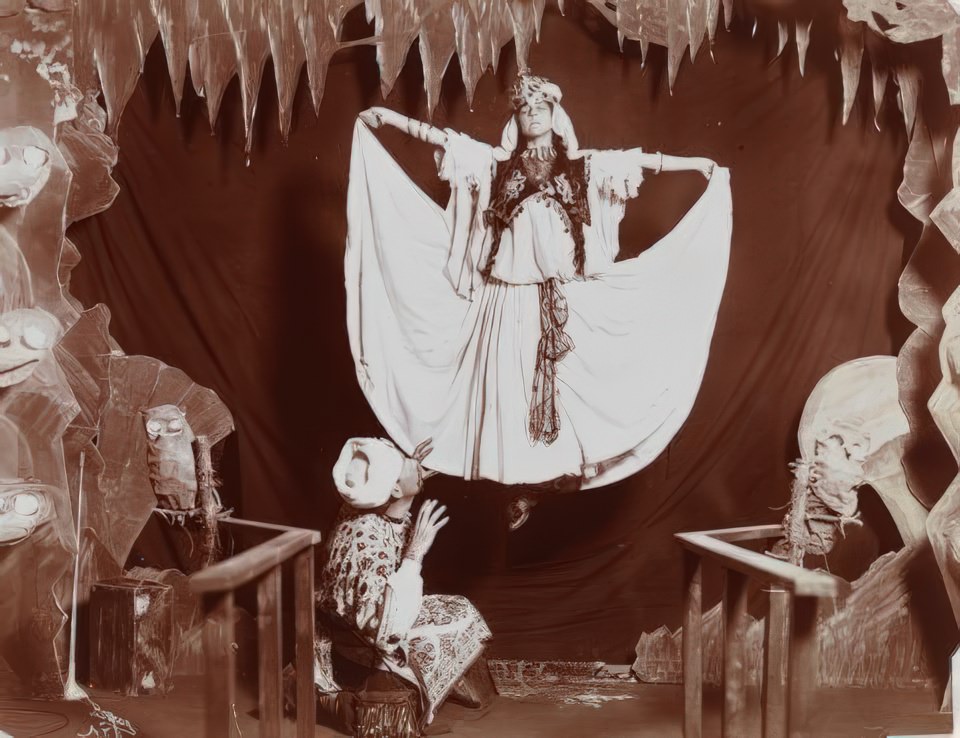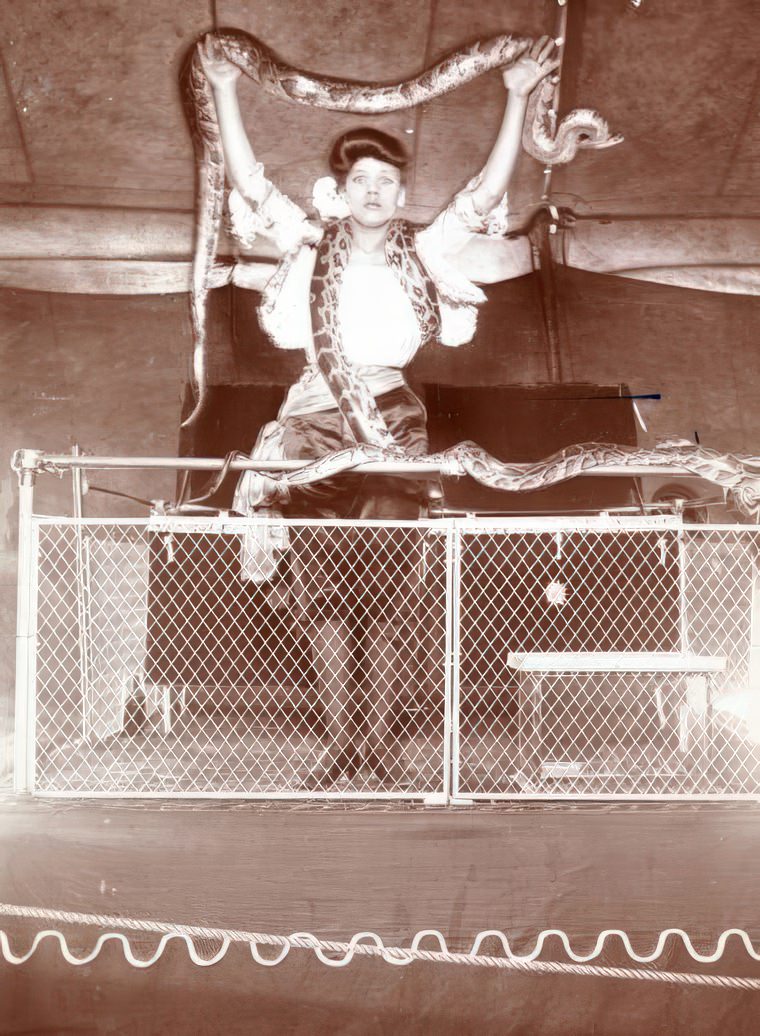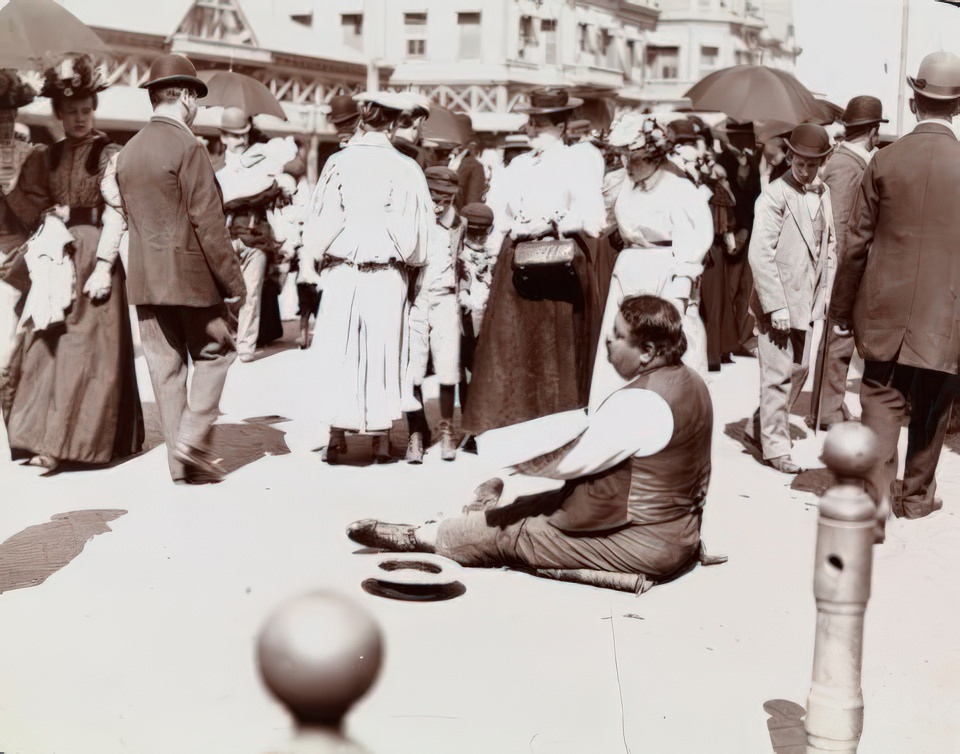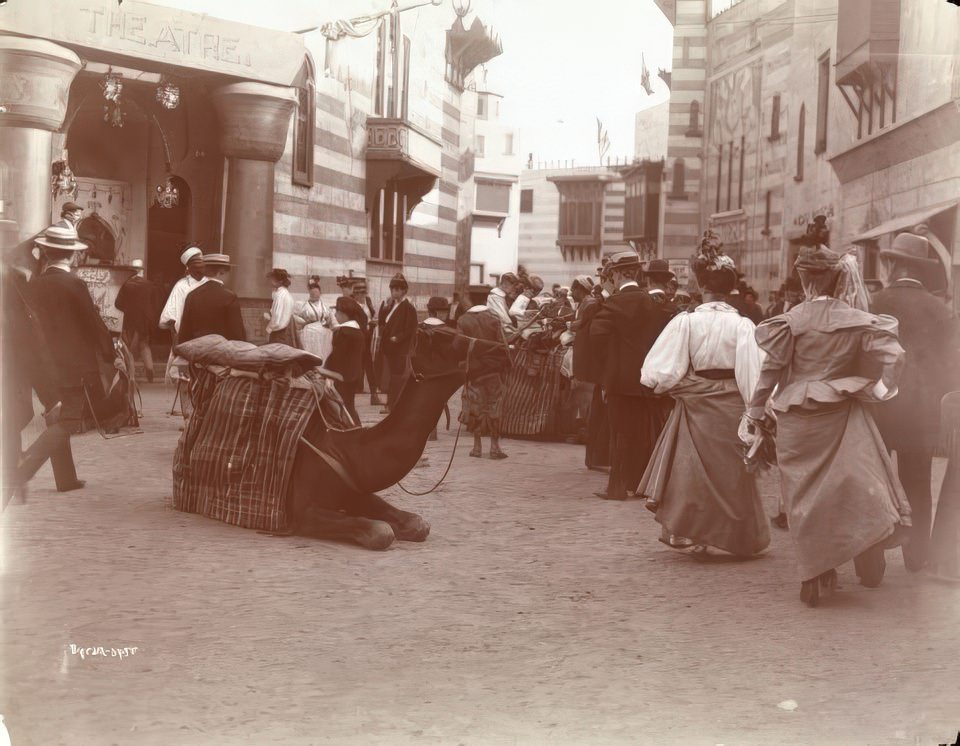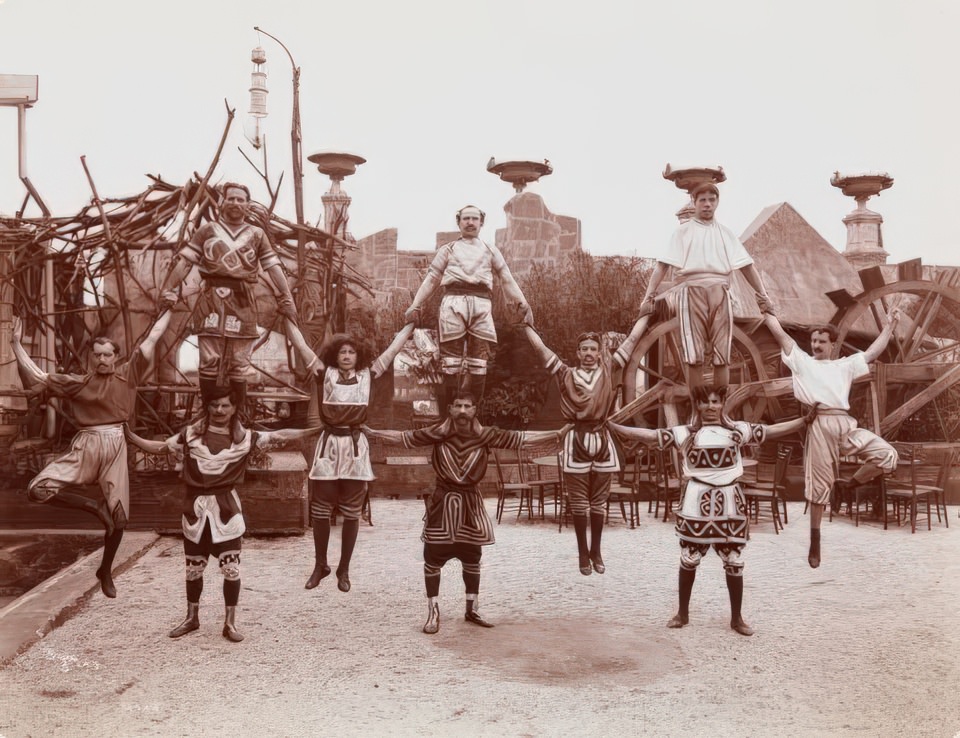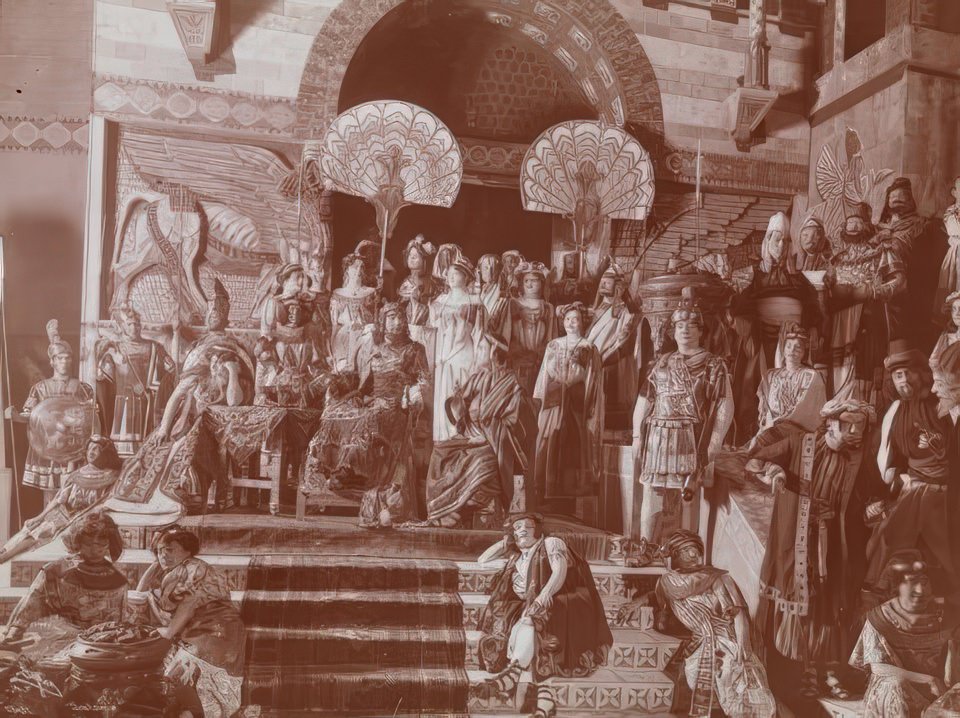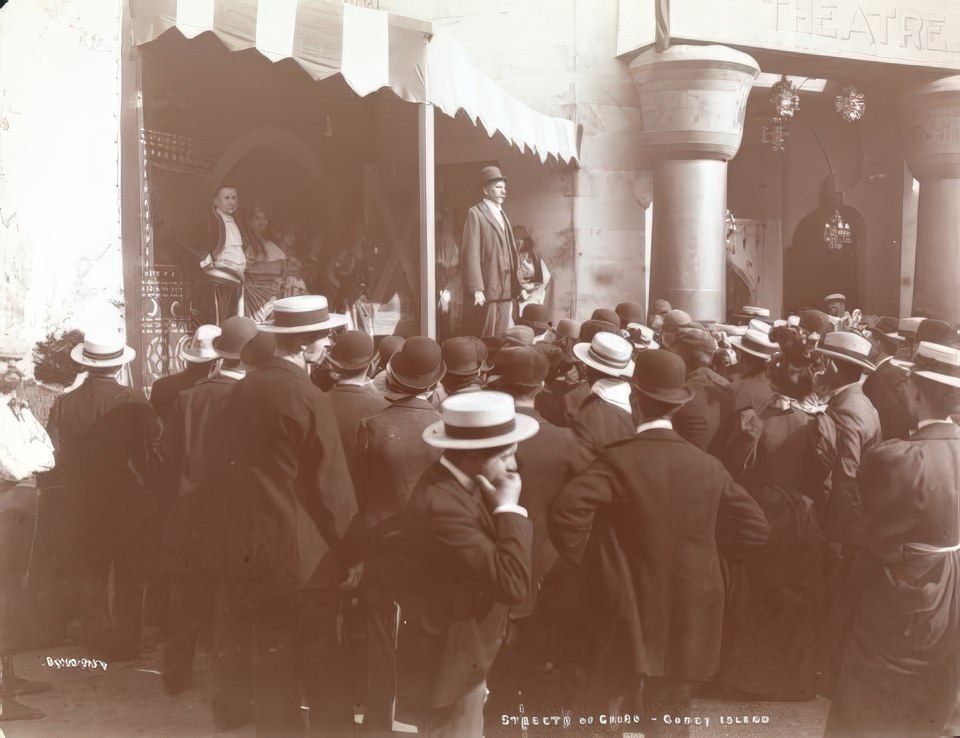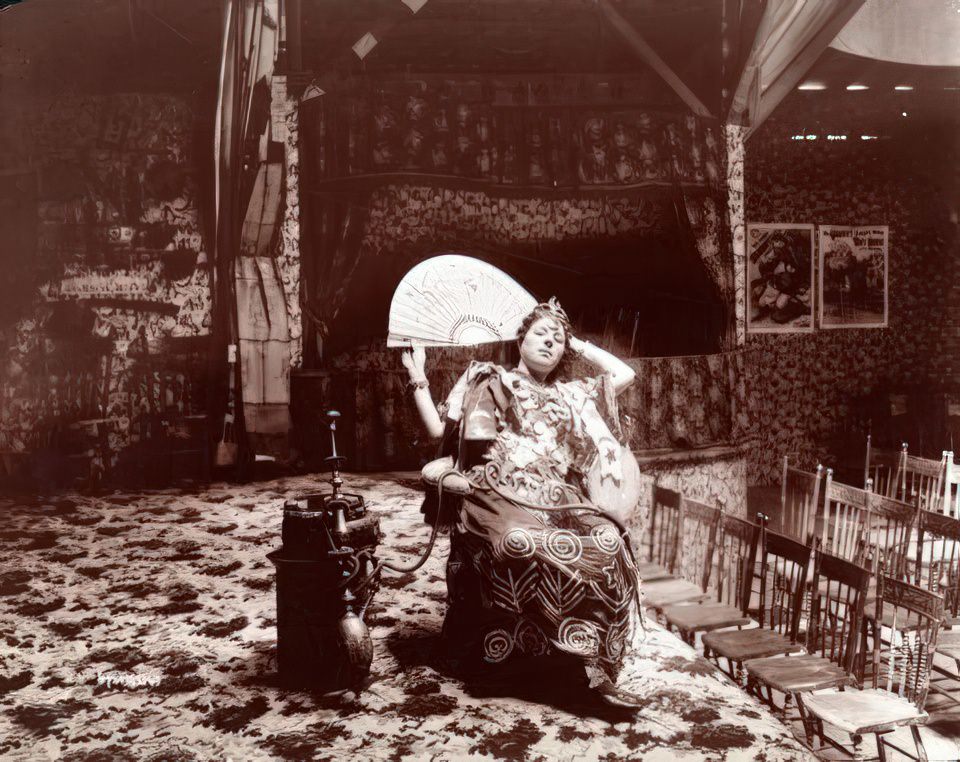Coney Island in Brooklyn, New York, during the late 19th and early 20th centuries, was a world-famous destination for amusement, escape, and spectacle. Its boardwalks and avenues teemed with crowds seeking entertainment, from thrilling rides to unique sideshows. Among the diverse attractions vying for attention was one particularly popular themed environment located on Surf Avenue known as “The Streets of Cairo,” offering visitors a taste of supposed Near Eastern exoticism, complete with distinctive music and live performances.
Inspired by the World’s Fair
The idea for bringing a “Streets of Cairo” experience to Coney Island wasn’t entirely original; it drew direct inspiration from a highly successful attraction at a major event elsewhere. The World’s Columbian Exhibition, a massive world’s fair held in Chicago in 1893, featured a popular exhibit called the Algerian Village. Such themed “villages” showcasing foreign cultures (often through a Western lens) were common at international fairs. The success of the Chicago exhibit demonstrated public appetite for this type of entertainment, leading amusement operators at Coney Island to replicate the concept.
Read more
Recreating “Cairo” on Surf Avenue
Located along Coney Island’s main drag, Surf Avenue, the “Streets of Cairo” attraction aimed to create an immersive atmosphere. Builders likely constructed building fronts and enclosures designed to evoke popular images of Middle Eastern or North African architecture. Visitors might have encountered facades featuring pointed arches, decorative patterns, perhaps even mock minarets or domes, all intended to transport them away from the familiar sights of Brooklyn. The goal was to offer fairgoers a sense of adventure and novelty by seemingly stepping into a bustling, foreign street scene.
Sights and Sounds of the Sideshow
Once inside, visitors would experience a curated environment designed to appeal to popular notions of “Oriental” mystery and allure. Central to the atmosphere was the music – specifically, the now-famous, undulating melody commonly referred to as “The Streets of Cairo” or sometimes the “snake charmer” tune. This instantly recognizable theme became strongly associated with such attractions. Live performers were the main draw. Historical context and accounts consistently link these “Streets of Cairo” shows with performances by belly dancers, whose movements were considered exotic and daring by audiences of the time. Snake charmers, playing flutes while seemingly hypnotizing cobras, were another staple attraction appealing to a sense of danger and the unfamiliar. The sideshow might also have included musicians playing instruments intended to sound Middle Eastern, vendors selling trinkets or refreshments within the themed setting, and perhaps costumed characters adding to the overall effect of simulated street life and “mysticism.”
That specific, winding musical phrase, familiar even today from cartoons and other media, cemented its association with stereotypical depictions of the Middle East largely through its widespread use at the 1893 Chicago Fair and in subsequent popular attractions like Coney Island’s “Streets of Cairo.” For visitors in the late 1800s and early 1900s, hearing that melody immediately signaled a particular type of exotic entertainment associated with dancers and faraway lands.


